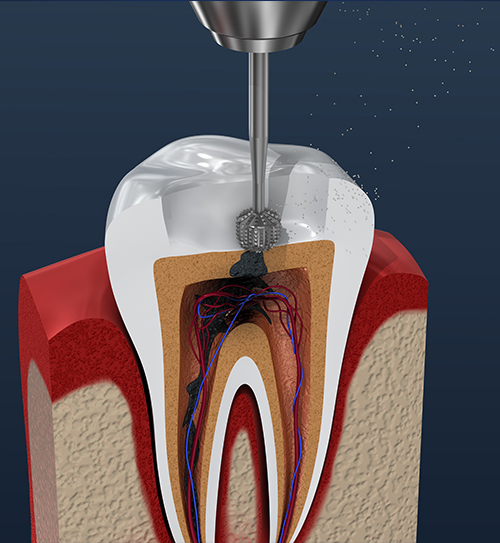How Long Does It Take for the Pain to Subside After a Root Canal Procedure?
A root canal procedure can be a life-changing treatment for patients suffering from severe tooth pain or infection. It is a highly effective way to save a damaged tooth while relieving discomfort. However, it’s natural to wonder how long the pain will last after undergoing this common dental procedure. Here, we’ll break down what to expect during the recovery process and when you can expect the pain to subside.
Immediate Post-Procedure Discomfort
After a root canal procedure, some level of discomfort is normal. This is because the surrounding tissues may remain inflamed or sensitive due to the infection or trauma from the treatment itself. Common post-procedure symptoms include:
- Mild to moderate pain or tenderness around the treated tooth.
- Gum sensitivity near the treatment site.
- Slight swelling or soreness.
This discomfort is usually managed effectively with over-the-counter pain relievers like ibuprofen or acetaminophen. In most cases, dentists recommend avoiding hard or crunchy foods for a few days to prevent additional pressure on the treated tooth.
Typical Recovery Timeline
While recovery experiences can vary, here’s a general timeline for pain relief:
1-3 Days Post-Procedure: Many patients report that the most noticeable discomfort occurs within the first 48 hours. This is typically due to inflammation of the surrounding tissues, which gradually begins to subside. You can use ice packs or prescribed pain medications to manage this temporary discomfort.
4-7 Days Post-Procedure: By the end of the first week, the pain should significantly decrease or even disappear for most patients. The treated tooth may still feel slightly tender when chewing or biting, but this sensitivity is generally mild.
1-2 Weeks Post-Procedure: For the vast majority of patients, any lingering discomfort will have resolved entirely within two weeks. If you’re still experiencing significant pain at this point, it’s essential to contact your dentist.
Factors That May Affect Recovery
While most patients recover without complications, certain factors can influence how quickly the pain subsides:
- Severity of the Initial Infection: A tooth with a severe infection may take longer to heal as the surrounding tissues recover.
- Complexity of the Procedure: If the root canal treatment was particularly challenging or required multiple appointments, recovery might take slightly longer.
- Personal Pain Tolerance: Everyone’s experience with pain is different. Some individuals may feel discomfort longer than others.
- Post-Treatment Care: Following your dentist’s aftercare instructions can significantly impact your recovery time. Be sure to attend follow-up appointments and maintain excellent oral hygiene.
When to Seek Help
While some discomfort is expected after a root canal, severe or prolonged pain is not. Contact your dentist if you experience:
- Intense, throbbing pain that worsens over time.
- Swelling that does not improve or worsens after a few days.
- Fever or other signs of infection.
- Persistent pain beyond two weeks.
These symptoms could indicate complications, such as an incomplete root canal, a missed canal, or reinfection.
Tips for a Smooth Recovery
- Take prescribed medications as directed.
- Avoid chewing on the treated tooth until your dentist places a permanent crown or filling.
- Stick to soft foods and avoid overly hot or cold items.
- Practice good oral hygiene by brushing and flossing gently around the treated area.
Conclusion
The good news is that a root canal procedure is designed to alleviate the pain caused by an infected or damaged tooth. While some post-procedure discomfort is normal, most patients experience significant improvement within a week or two. By following your dentist’s advice and being mindful of your recovery, you can ensure a smooth healing process and a pain-free smile.


